Blog
Rosacea Awareness Month to Highlight Importance of Consistency and Patience When Trying New Therapies
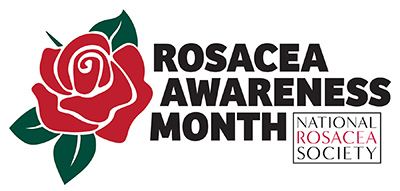 Advanced therapies designed to target rosacea’s disease processes combined with treatment plans tailored to each individual’s specific case have made it easier than ever for patients to achieve clear skin. But these treatment advances are only beneficial if sufferers have the patience to allow therapies to do their job.
Advanced therapies designed to target rosacea’s disease processes combined with treatment plans tailored to each individual’s specific case have made it easier than ever for patients to achieve clear skin. But these treatment advances are only beneficial if sufferers have the patience to allow therapies to do their job.
Winter Woes: Tips for Skin Barrier Maintenance
 The outermost layer of skin, known as the stratum corneum, functions as a barrier to defend your body against environmental threats such as sun, wind, dry air, allergens and pollution, while simultaneously protecting your body’s critical moisture balance. The skin barrier in those affected by rosacea is often disrupted, leaving them more susceptible to dryness and irritation that could lead to a flare-up.
The outermost layer of skin, known as the stratum corneum, functions as a barrier to defend your body against environmental threats such as sun, wind, dry air, allergens and pollution, while simultaneously protecting your body’s critical moisture balance. The skin barrier in those affected by rosacea is often disrupted, leaving them more susceptible to dryness and irritation that could lead to a flare-up.
Patients Need Patience: Give Rosacea Therapy Time
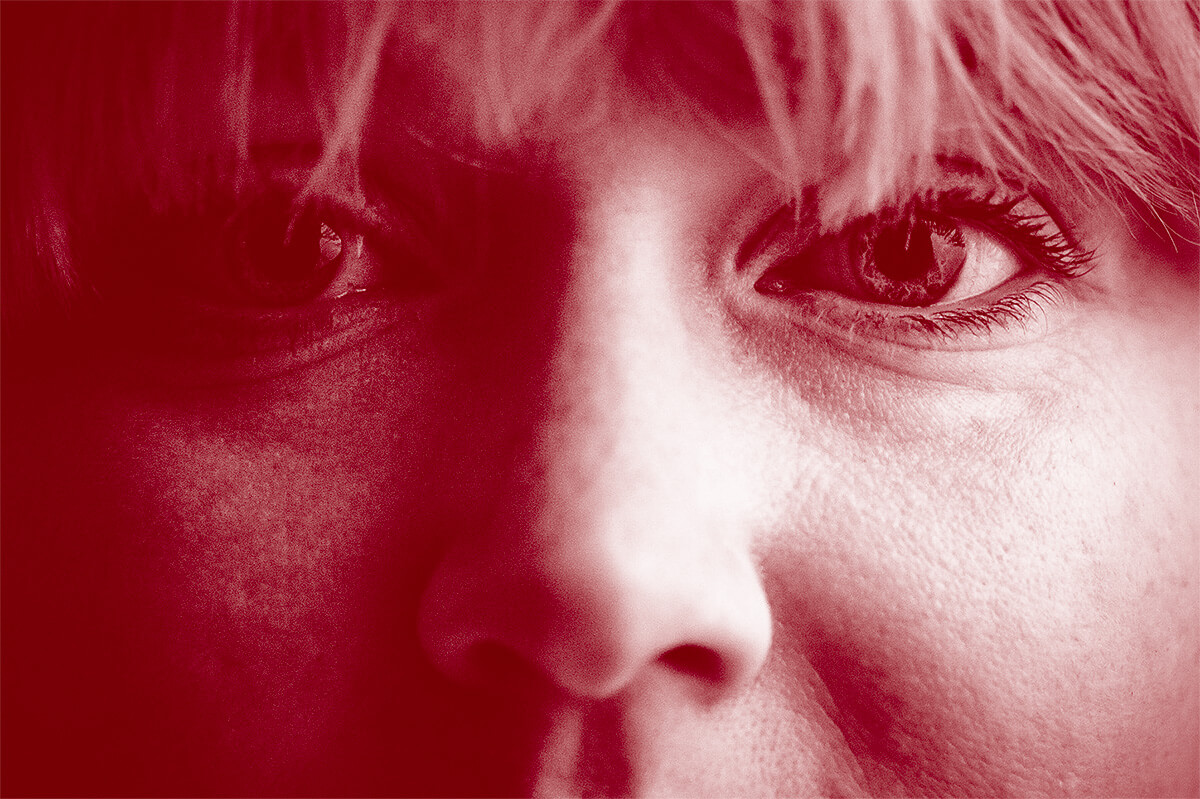 In a recent survey, the National Rosacea Society asked how long rosacea patients gave a new product or treatment to work before giving up on it. Over 75% said within a month, and more than half said two weeks or less. While our culture offers many opportunities for instant gratification, unfortunately the management of rosacea is not one of them.
In a recent survey, the National Rosacea Society asked how long rosacea patients gave a new product or treatment to work before giving up on it. Over 75% said within a month, and more than half said two weeks or less. While our culture offers many opportunities for instant gratification, unfortunately the management of rosacea is not one of them.
NRS Awards 2022 Grants for Rosacea Research
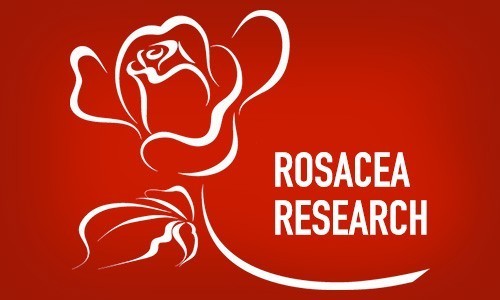 The National Rosacea Society (NRS) has awarded funding for two new studies in addition to continuing support for two ongoing studies as part of its research grants program to increase knowledge and understanding of the potential causes and other key aspects of rosacea that may lead to improvements in its treatment, prevention or potential cure.
The National Rosacea Society (NRS) has awarded funding for two new studies in addition to continuing support for two ongoing studies as part of its research grants program to increase knowledge and understanding of the potential causes and other key aspects of rosacea that may lead to improvements in its treatment, prevention or potential cure.
National Rosacea Society Celebrates 30 Years
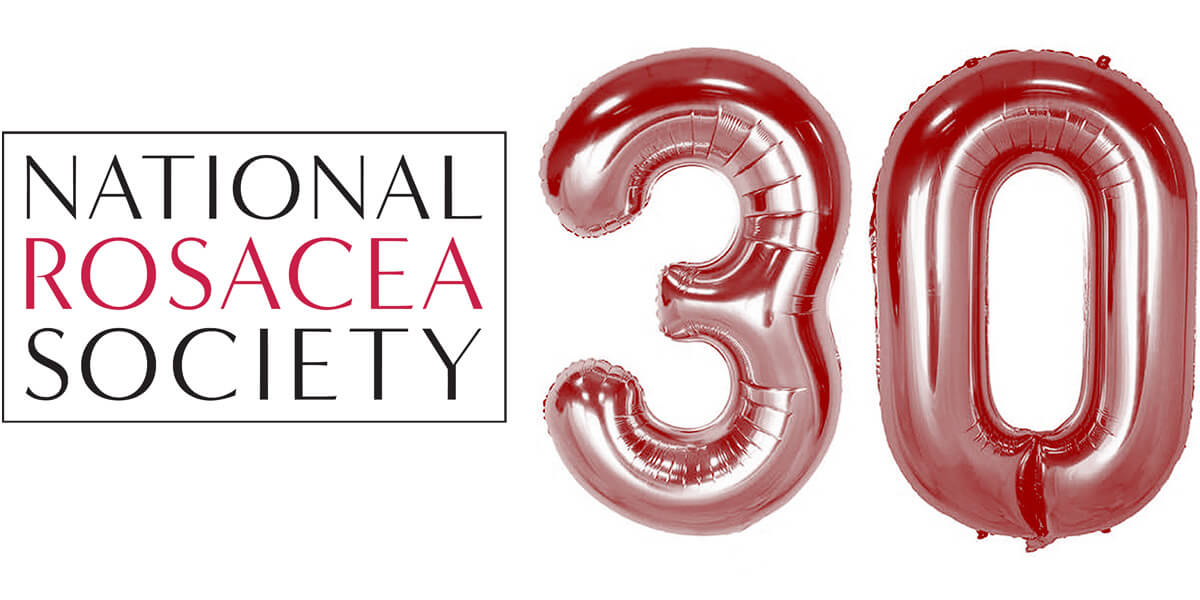 The National Rosacea Society (NRS) celebrates its 30th anniversary in 2022. The past three decades have seen tremendous progress toward fulfilling our mission of improving the lives of people with rosacea through awareness, education and support of medical research.
The National Rosacea Society (NRS) celebrates its 30th anniversary in 2022. The past three decades have seen tremendous progress toward fulfilling our mission of improving the lives of people with rosacea through awareness, education and support of medical research.
How to Reduce the Impact of Cosmetic Procedures on Rosacea
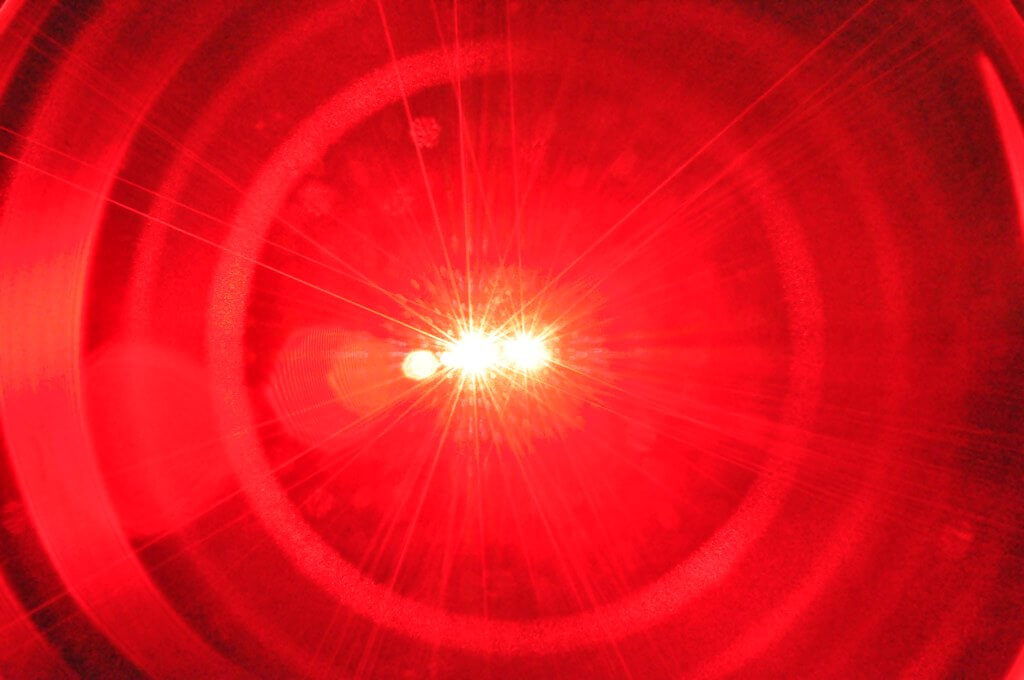 For most people with rosacea, symptoms typically begin after age 30, which may coincide with rising interest in reducing the signs of aging and associated cosmetic procedures. Since rosacea is a complex and often unpredictable condition, it’s important to understand how the most common procedures may impact symptoms and what can be done to minimize any unwanted side effects.
For most people with rosacea, symptoms typically begin after age 30, which may coincide with rising interest in reducing the signs of aging and associated cosmetic procedures. Since rosacea is a complex and often unpredictable condition, it’s important to understand how the most common procedures may impact symptoms and what can be done to minimize any unwanted side effects.
Which Comes First, the Rosacea Blemish or the Mite?
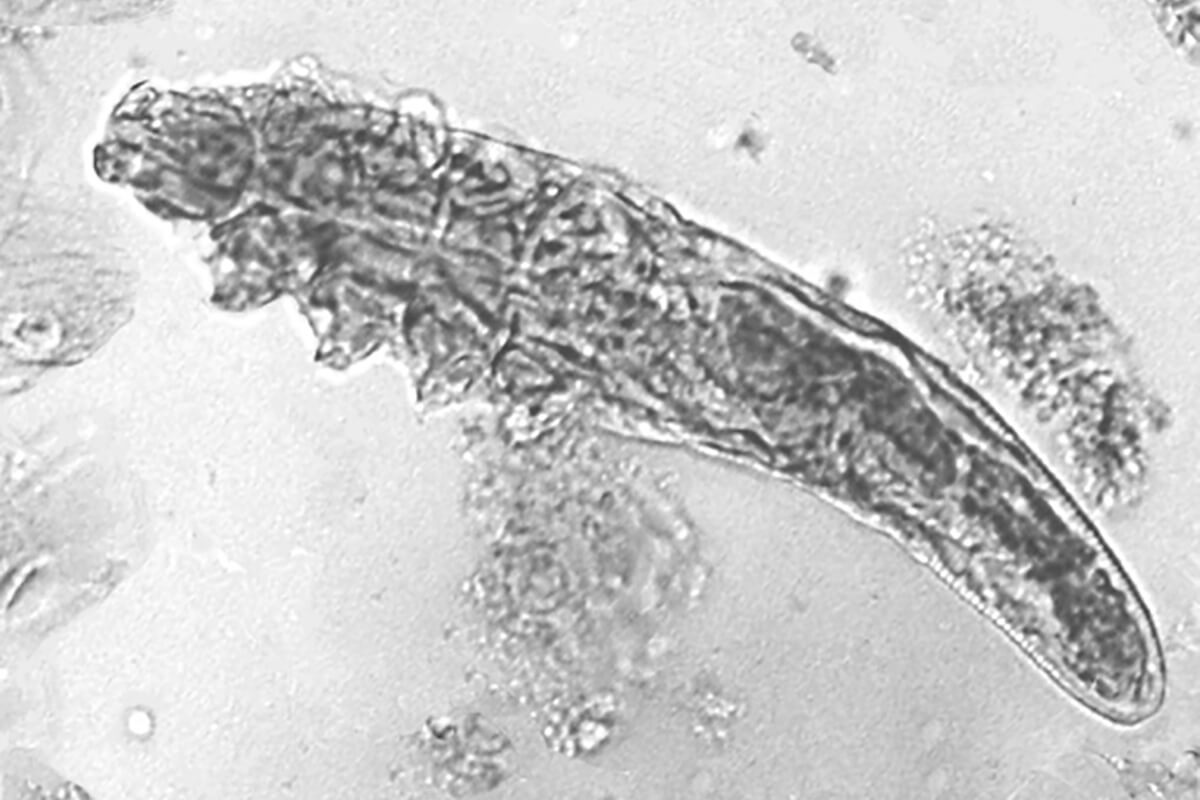 Researchers have long observed that microscopic mites that live as scavengers on normal human skin tend to occur in greater numbers on the faces of rosacea patients.
Researchers have long observed that microscopic mites that live as scavengers on normal human skin tend to occur in greater numbers on the faces of rosacea patients.
Rosacea Success Story: Persistence + Teamwork = a Clear Complexion
For Natalie Flores, persistence paid off. Like many individuals with rosacea, she discounted the occasional redness that began occurring when she turned 30 years old.
“Just after 30, I noticed I would get that flushed redness, but it was pretty mild. I’m part Irish, and many people in my family had it,” Natalie said. But then it began to get worse. “When I was closer to 34-35, my face started getting redder. It felt like sunburn, but it wasn't. Then I got bumps and pimples,” she said.
Persistent Facial Redness is the Most Common and Bothersome Sign of Rosacea, Survey Finds
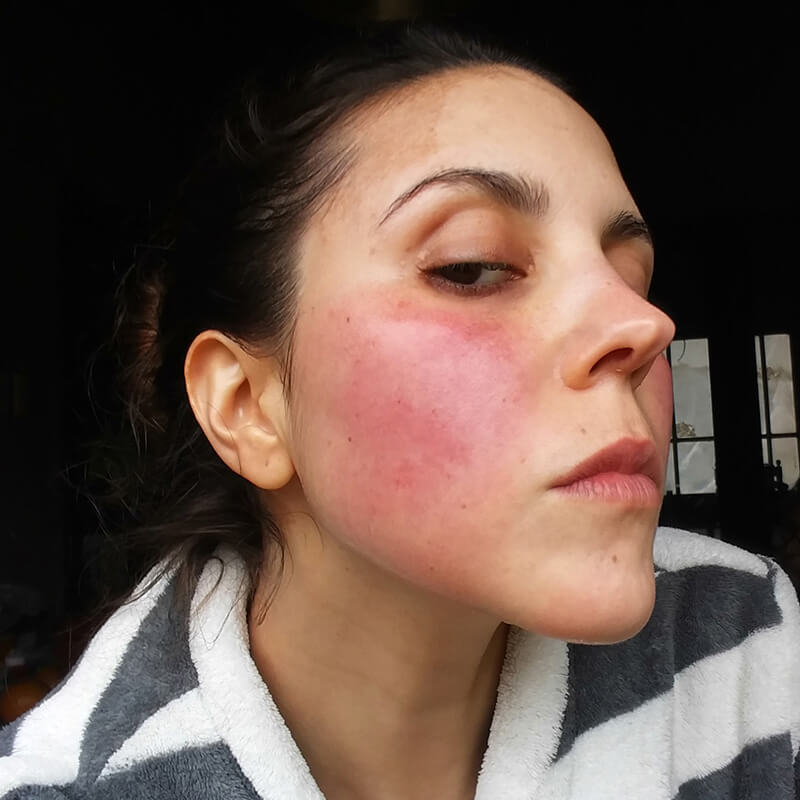 The great majority of rosacea patients have experienced persistent facial redness, and most of them report it is the most frequently bothersome sign they face, according to a recent National Rosacea Society (NRS) survey on rosacea redness sponsored by EPI Health. Furthermore, two-thirds reported experiencing flare-ups more than once a week.
The great majority of rosacea patients have experienced persistent facial redness, and most of them report it is the most frequently bothersome sign they face, according to a recent National Rosacea Society (NRS) survey on rosacea redness sponsored by EPI Health. Furthermore, two-thirds reported experiencing flare-ups more than once a week.
Sun Protection is Key to Avoiding Rosacea Flares in Summer — and Year-Round
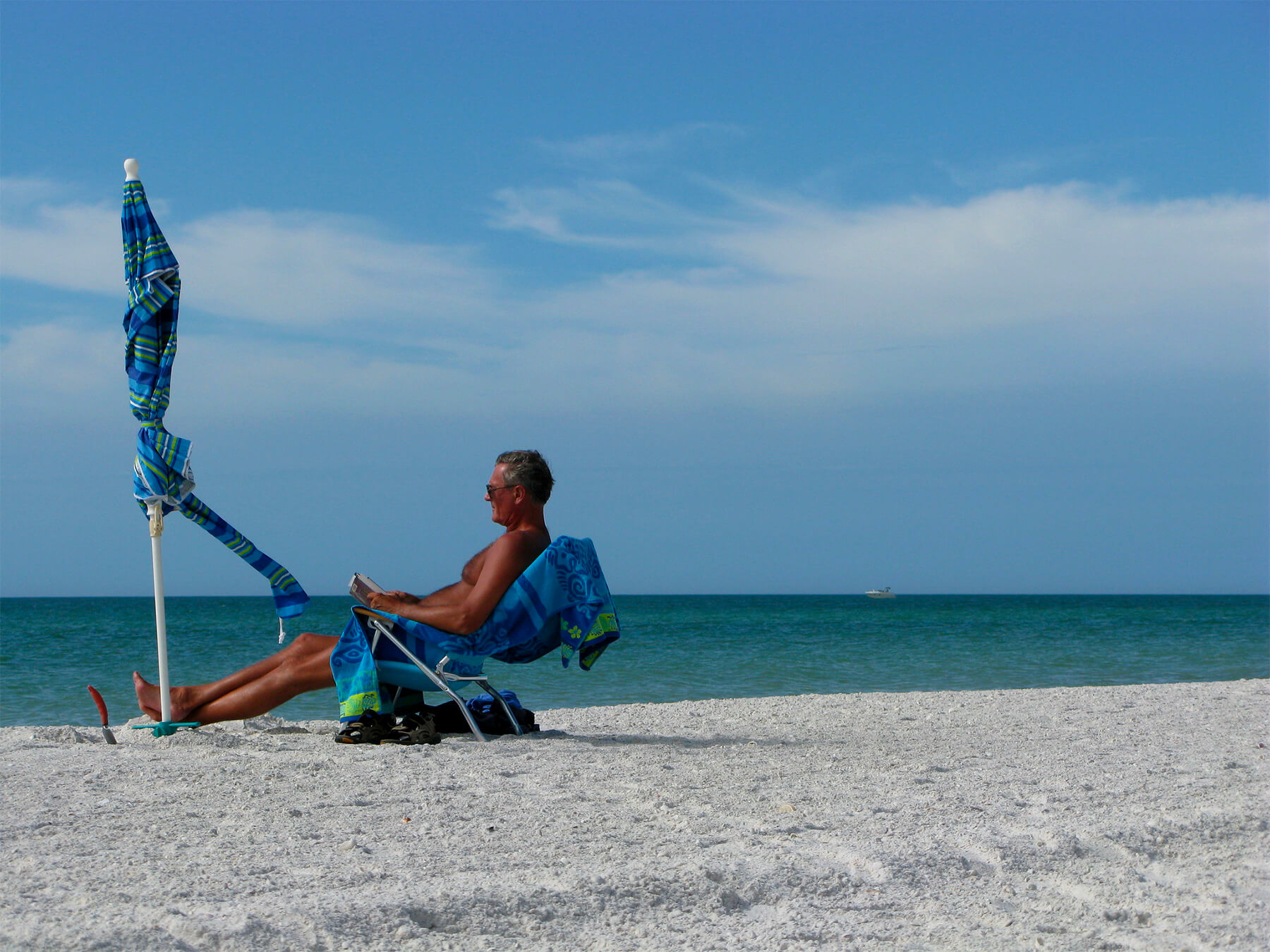 Are they isolated events or a trend? Extraordinary heat waves – extremes in high temperature and humidity – may be the norm rather than the exception this year as weather maps display the bright orange that signals the arrival of yet another round of very hot weather. For rosacea patients especially, these are reminders to take cover from the effects of the sun.
Are they isolated events or a trend? Extraordinary heat waves – extremes in high temperature and humidity – may be the norm rather than the exception this year as weather maps display the bright orange that signals the arrival of yet another round of very hot weather. For rosacea patients especially, these are reminders to take cover from the effects of the sun.
Study Finds Association Between Hair Loss and Rosacea
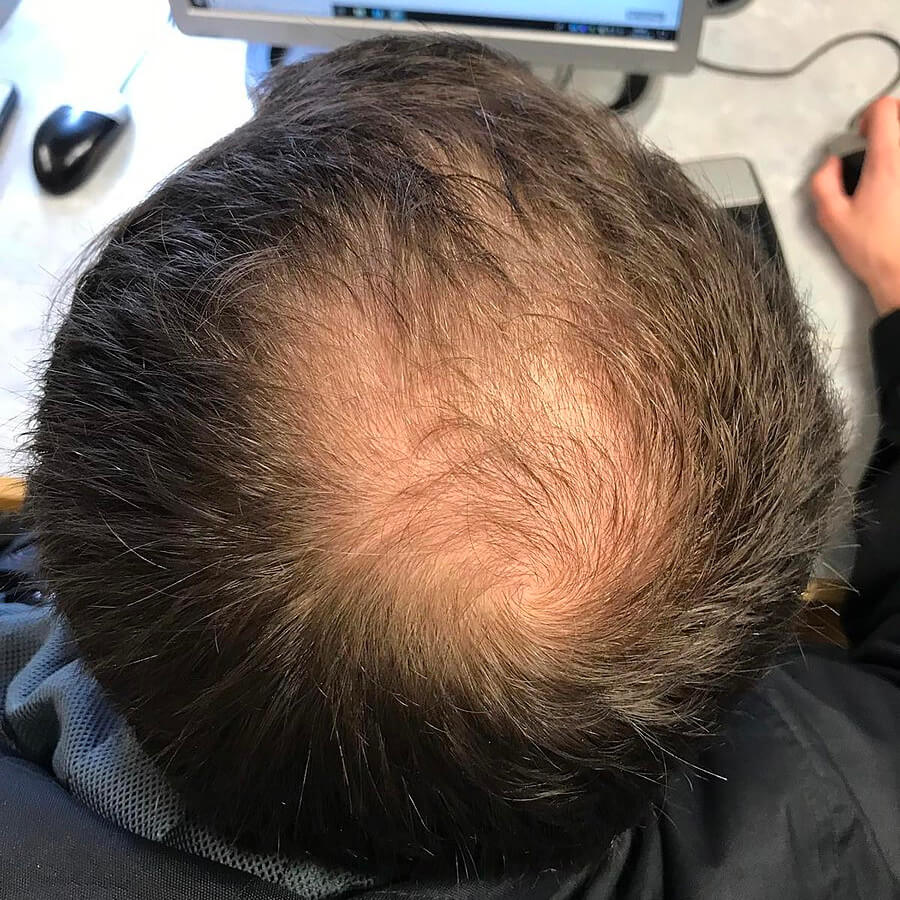
As if college isn’t stressful enough, a recent medical study in China found a potential connection between rosacea and hair loss among college students.
It’s a Sign: Rosacea in One Family Member May Mean Others Are Affected
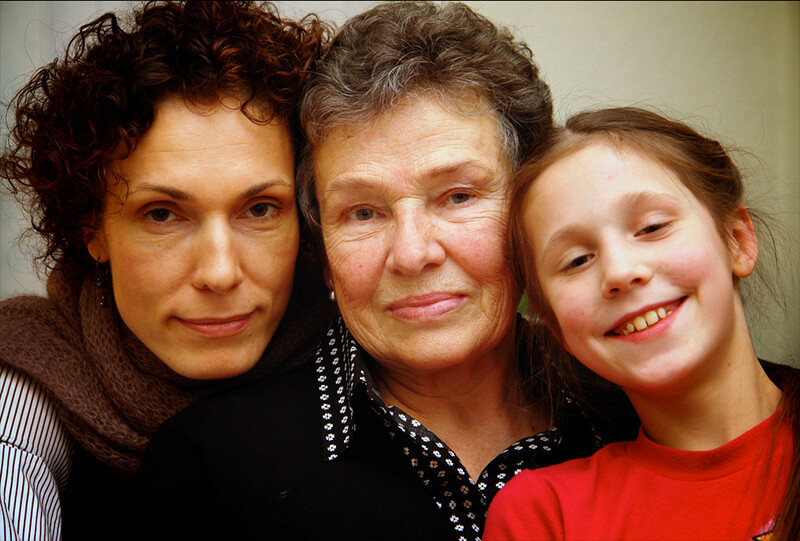 Rosacea may often run in the family, but this mechanism is poorly understood, with specific information often incomplete and limited to relatives from only a few generations, according to researchers in a recent study in Italy published in the Journal of Clinical and Aesthetic Dermatology.1 In a search t
Rosacea may often run in the family, but this mechanism is poorly understood, with specific information often incomplete and limited to relatives from only a few generations, according to researchers in a recent study in Italy published in the Journal of Clinical and Aesthetic Dermatology.1 In a search t
Rosacea Redness the Focus at AAD Annual Meeting
 Tackling rosacea flare-ups — as well as a time when redness is welcome — were discussed at the recent American Academy of Dermatology annual meeting in Boston.
Tackling rosacea flare-ups — as well as a time when redness is welcome — were discussed at the recent American Academy of Dermatology annual meeting in Boston.
Rosacea Sufferers Can Help Combat Antibiotic Resistance
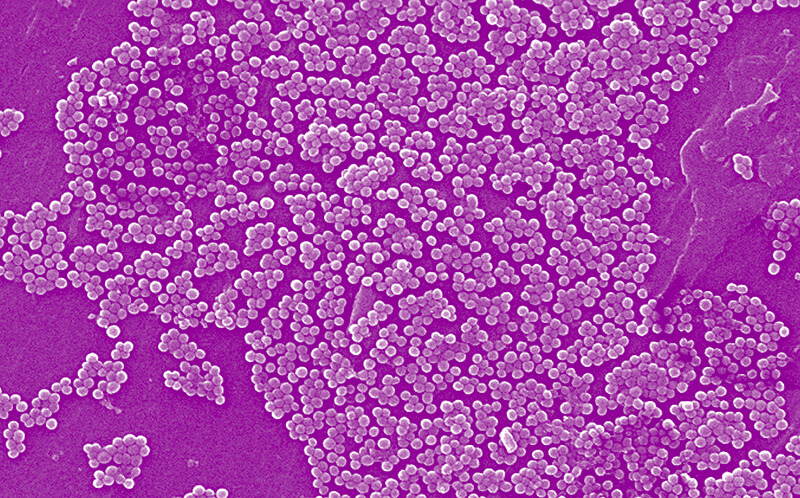 Antibiotic resistance continues to be a growing concern, and individuals with rosacea can do their part to protect this important class of disease-fighting drugs.
Antibiotic resistance continues to be a growing concern, and individuals with rosacea can do their part to protect this important class of disease-fighting drugs.
Rosacea Awareness Month: Partner with Your Physician for Clear Skin
 Thanks to the growing number of sophisticated rosacea therapies, the 16 million Americans with this potentially serious facial disorder who commit to partnering with their physicians can now expect to enjoy a clear complexion without the psychological and emotional burden of its unpredictable and embarrassing effects.
Thanks to the growing number of sophisticated rosacea therapies, the 16 million Americans with this potentially serious facial disorder who commit to partnering with their physicians can now expect to enjoy a clear complexion without the psychological and emotional burden of its unpredictable and embarrassing effects.
Q&A: How are Acne and the Papules and Pustules of Rosacea Different?
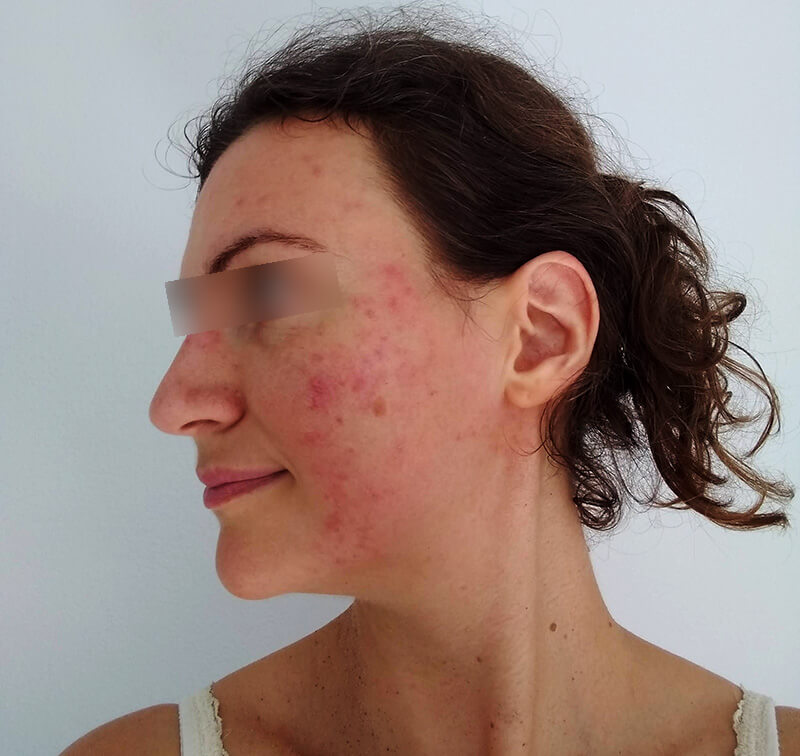 Although it is now known that there is no connection between acne and rosacea, the term “acne rosacea” was once frequently used to describe the bumps (papules) and pimples (pustules) of papulopustular rosacea, and the misleading term is still sometimes used today.
Although it is now known that there is no connection between acne and rosacea, the term “acne rosacea” was once frequently used to describe the bumps (papules) and pimples (pustules) of papulopustular rosacea, and the misleading term is still sometimes used today.
Tips for Taking Action During Rosacea Awareness Month
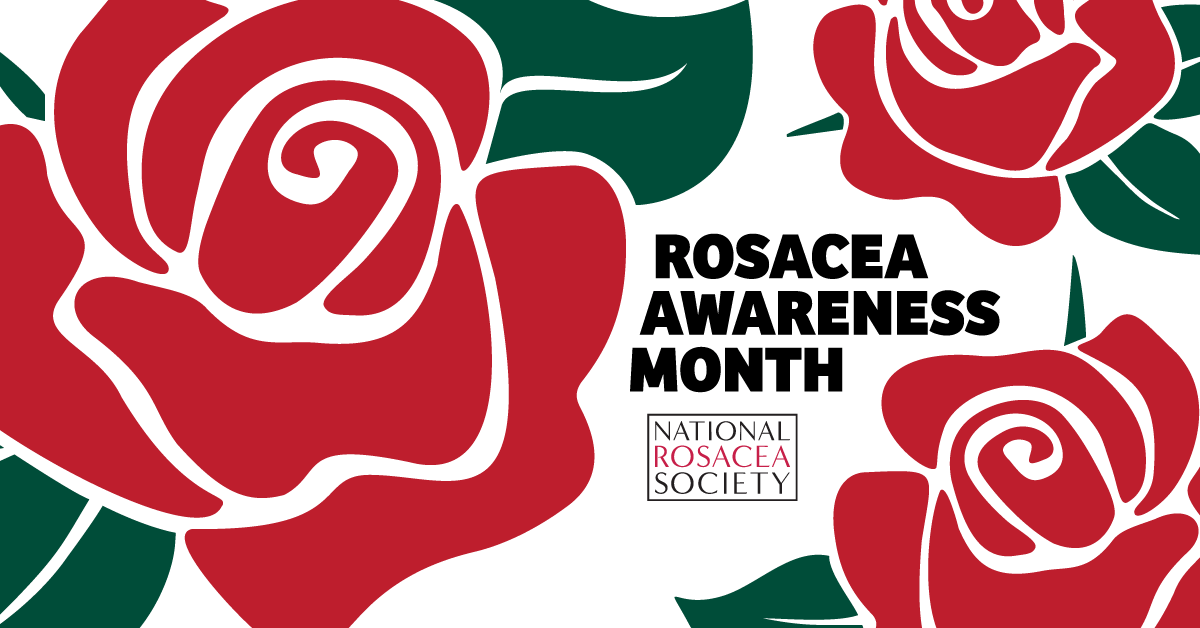 Each year, the National Rosacea Society (NRS) designates April as Rosacea Awareness Month to educate the public on the impact of this chronic and widespread facial disorder that is estimated to affect more than 16 million Americans.
Each year, the National Rosacea Society (NRS) designates April as Rosacea Awareness Month to educate the public on the impact of this chronic and widespread facial disorder that is estimated to affect more than 16 million Americans.
Rosacea Awareness Month to Highlight the Importance of Adherence to Therapy
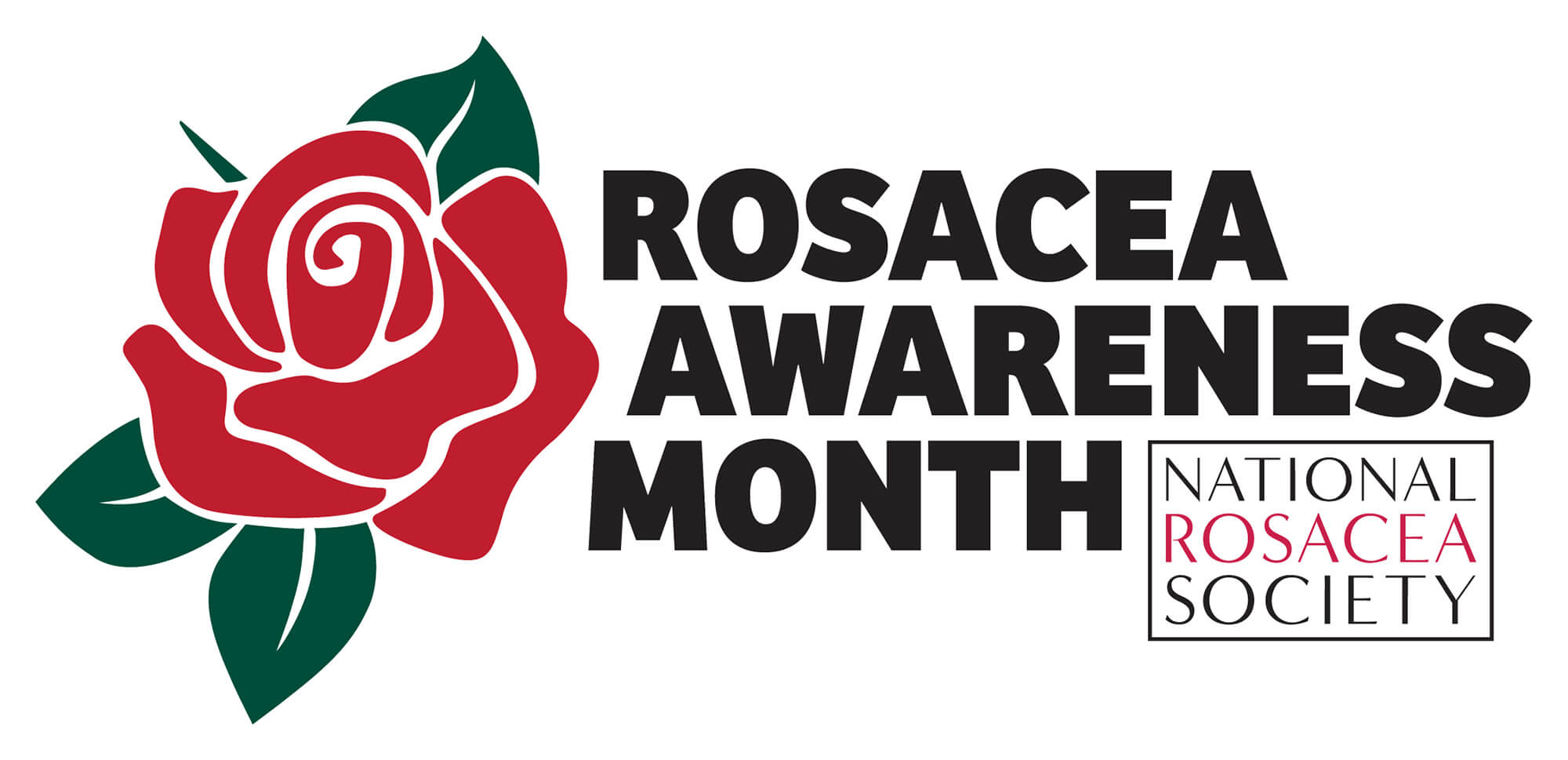 Sophisticated new therapies designed to target rosacea's disease processes combined with treatment plans tailored to patients’ specific cases have made it easier than ever for sufferers to achieve clear skin.
Sophisticated new therapies designed to target rosacea's disease processes combined with treatment plans tailored to patients’ specific cases have made it easier than ever for sufferers to achieve clear skin.
Researchers Define Keys to Recognizing Ocular Rosacea
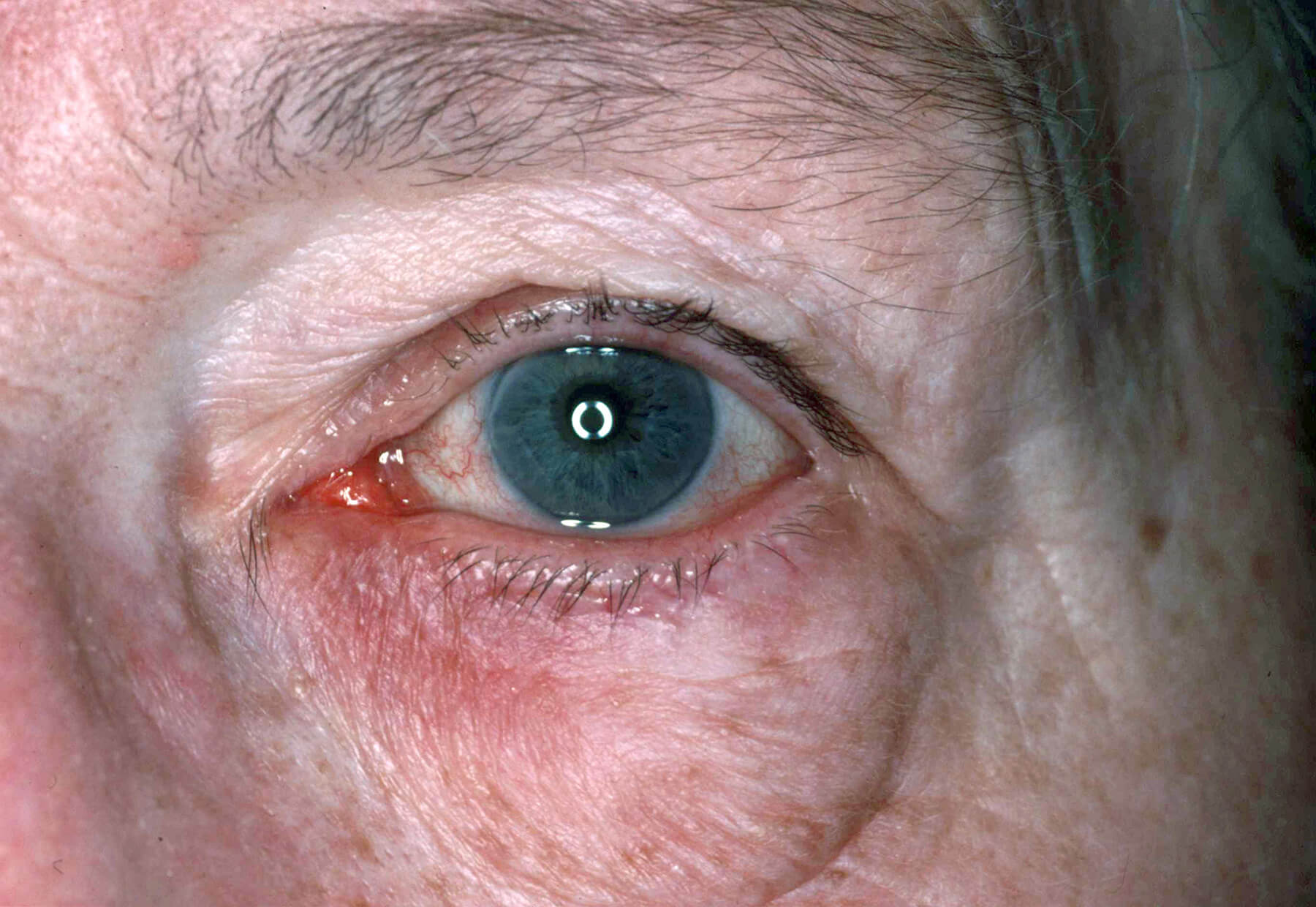 A pair of new studies help establish the relative prevalence of signs and symptoms of the eyes in rosacea patients (ocular rosacea), as well as the importance of medical therapy.
A pair of new studies help establish the relative prevalence of signs and symptoms of the eyes in rosacea patients (ocular rosacea), as well as the importance of medical therapy.
Study: Burning and Stinging Are Neglected but Important Symptoms in Managing Rosacea
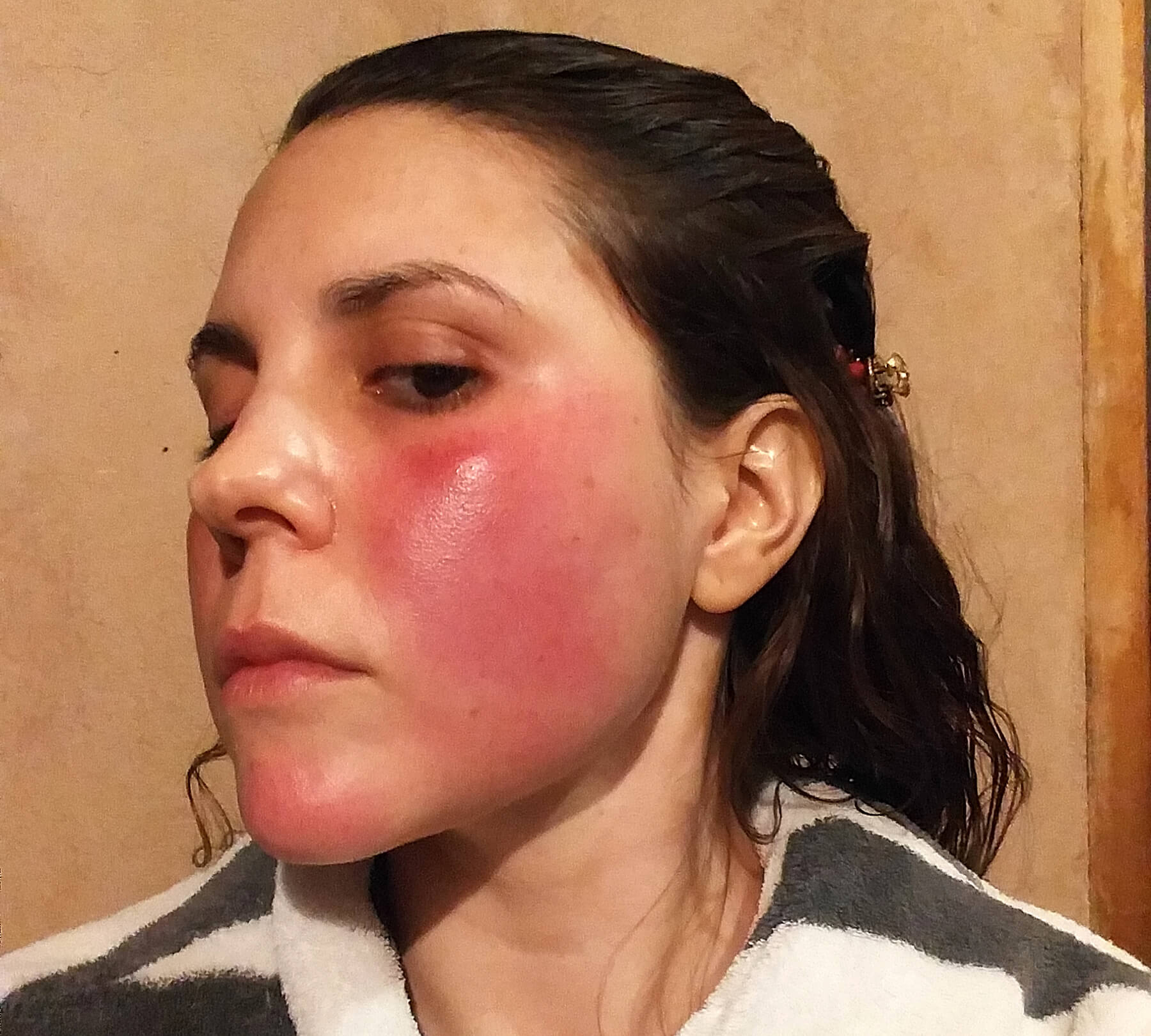 Most clinical practice guidelines for rosacea identify the primary objective as clearing the visible signs of rosacea, and unseen symptoms such as burning and stinging are not always addressed, although they continue to add to patients’ burden of disease and lower quality of life, according to a review of the studies on burning and/or stinging in individuals with rosacea recently published in the Europ
Most clinical practice guidelines for rosacea identify the primary objective as clearing the visible signs of rosacea, and unseen symptoms such as burning and stinging are not always addressed, although they continue to add to patients’ burden of disease and lower quality of life, according to a review of the studies on burning and/or stinging in individuals with rosacea recently published in the Europ
Demodex Species May Affect Rosacea Inflammation, But Not Ocular
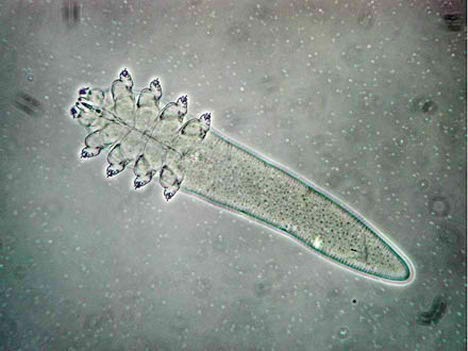 A small study in Russia recently examined the effects of different species of Demodex mites in rosacea.1 Researchers examined 212 patients in three groups: healthy controls, rosacea patients low levels of mites, and rosacea patients with high levels of mites.
A small study in Russia recently examined the effects of different species of Demodex mites in rosacea.1 Researchers examined 212 patients in three groups: healthy controls, rosacea patients low levels of mites, and rosacea patients with high levels of mites.
Join LEO Pharma Inc. in recognizing National Healthy Skin Month!
The following announcement was issued by LEO Pharma Inc.
November marks National Healthy Skin Month, and we at LEO Pharma recognize the importance of skin health.
Finacea® (azelaic acid) Foam, 15% is a topical prescription medicine used to treat the inflammatory papules (raised spots) and pustules (pimple-like bumps) of mild to moderate rosacea. In fact, it’s the first prescription foam approved by the FDA for the treatment of rosacea. Here are some important things to know:
National Rosacea Society Awards 2021 Research Grants
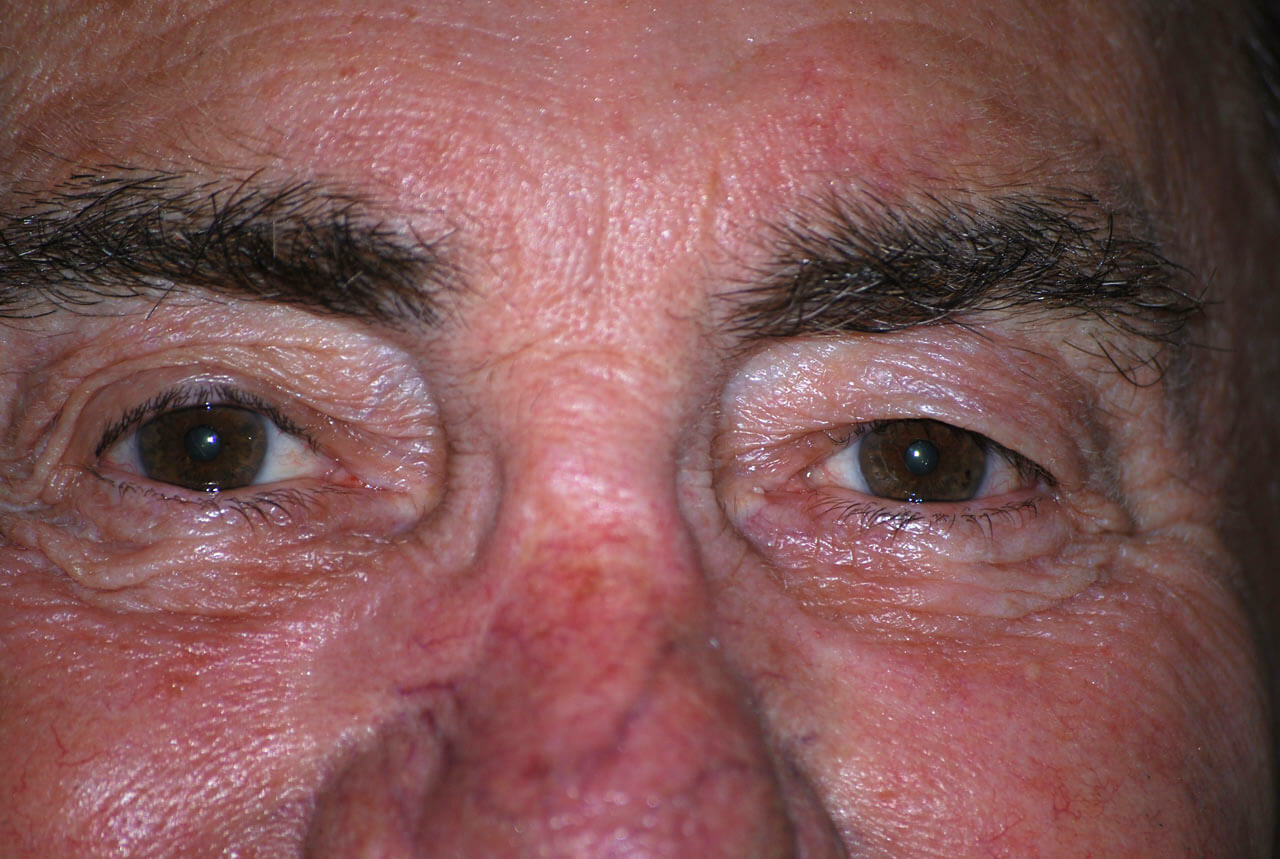 The National Rosacea Society (NRS) has awarded funding for two new studies in addition to continuing support for two ongoing studies as part of its research grants program to increase knowledge and understanding of the potential causes and other key aspects of rosacea that may lead to improvements in its treatment, prevention or potential cure.
The National Rosacea Society (NRS) has awarded funding for two new studies in addition to continuing support for two ongoing studies as part of its research grants program to increase knowledge and understanding of the potential causes and other key aspects of rosacea that may lead to improvements in its treatment, prevention or potential cure.